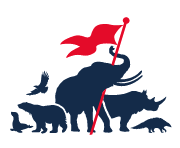How China’s multi-billion-dollar wildlife trade is wiping out animals around across the globe
As of 2024, China was the largest consumer of wildlife products globally, both legally and illegally. The country is a major destination for various wildlife commodities, including ivory, pangolin scales, tiger bones, rhino horn and exotic pets.
China is also widely considered the world’s largest illegal importer of animalsimporter animals. The country’s demand for wildlife products for use in traditional Chinese medicine (TCM) has led to significant annual imports of endangered and legally protected species.
While precise figures for live animal imports are difficult to confirm due to the clandestine nature of the illegal trade, several key species are notably affected:

Pangolins
These shy, nocturnal creatures are the most trafficked mammals in the world, because their scales are sought after for a range of unproven traditional Chinese medicine (TCM) “cures.” Despite being listed under Appendix I of the Convention on International Trade in Endangered Species (CITES), which prohibits international trade except under exceptional circumstances, over 100,000 pangolins are estimated to be trafficked annually to China and Vietnam, making them the world’s most trafficked mammal globally. It is likely that the actual number of pangolins trafficked each year is significantly higher, as these are only the numbers authorities can account for.
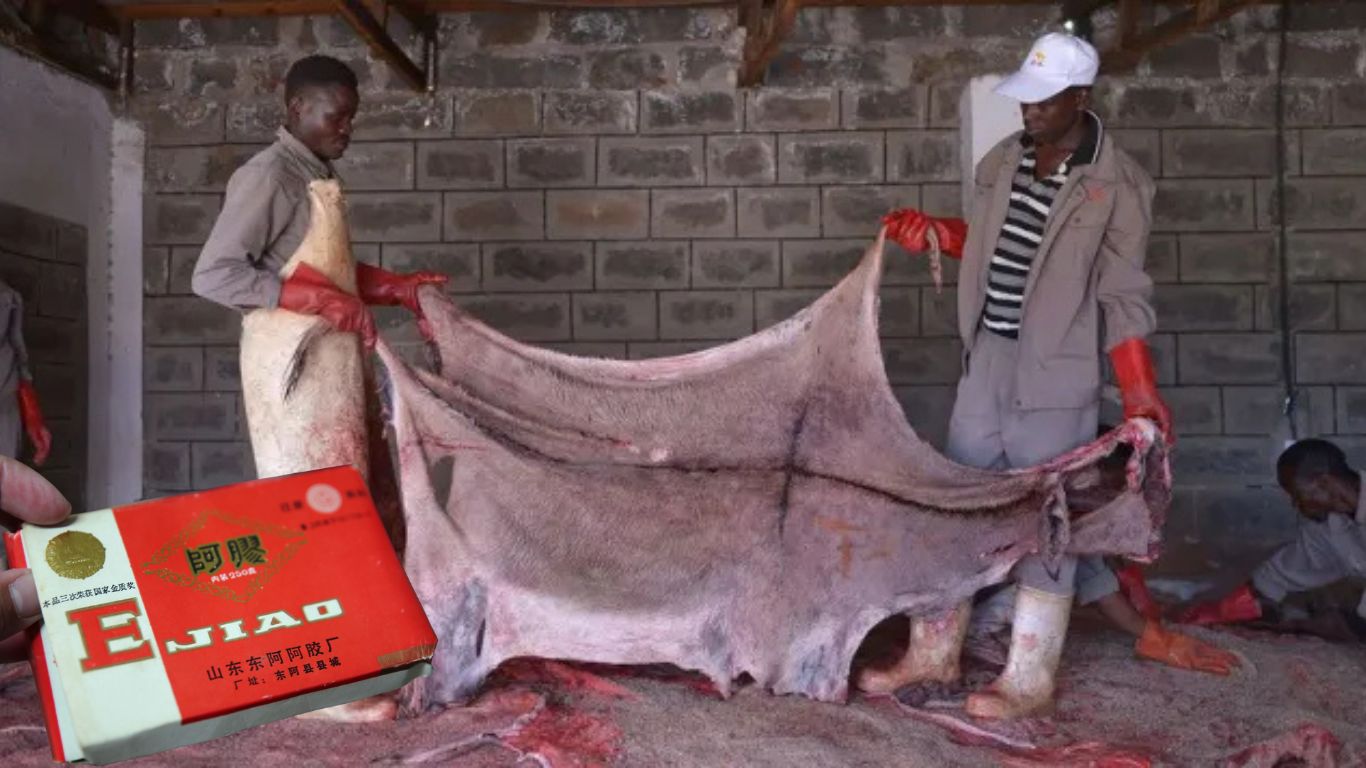
Donkeys
The demand for ejiao, a gelatin derived from donkey hides used in TCM, has led to the slaughter of between 2.3 million and 4.8 million donkeys annually. This has caused significant declines in donkey populations, particularly in Africa, where some countries report population declines of up to 70%.
South Africa, Botswana and Kenya report some of the highest donkey losses. South Africa lost roughly 30% of its donkey population between 1996 and 2019, Kenya experienced a 33% loss in donkeys between 2009 and 2019, and Botswana lost a mind-bogglingwhopping 70% of its donkeys in just a decade, from 2011 to 2021, all due to the Chinese-driven trade.
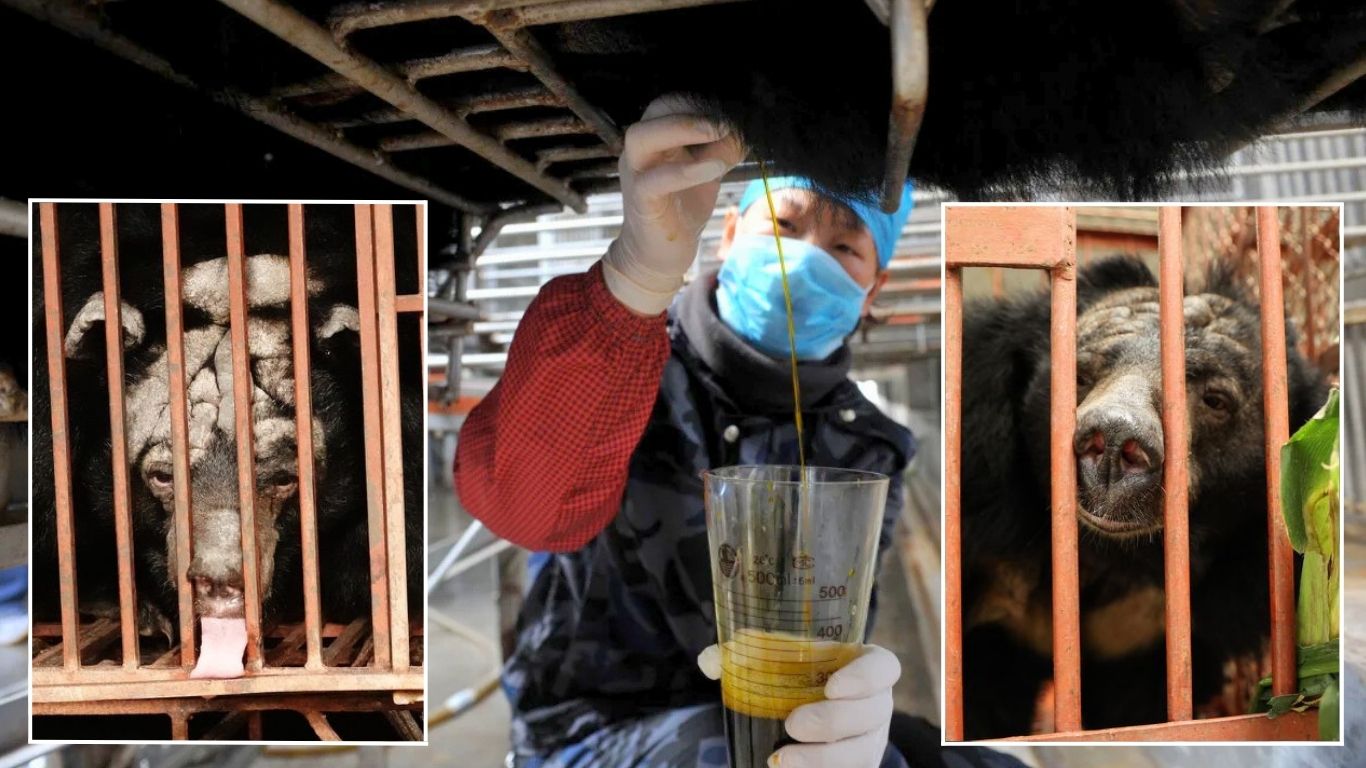
Bears
Bear bile, used in TCM to “treat” various ailments, has led to the establishment of numerous bear farms in China. As of 2013, estimates suggest between 9,000 and 20,000 bears are kept in captivity for bile production. This bitterly cruel practice sees bears kept caged in abhorrent conditions so that bile may be extracted directly from their gall bladders. The bears languish in coffin-sized cages, are starved and stressed, and regularly endure severe suffering as their captors extract the bile from their bodies.
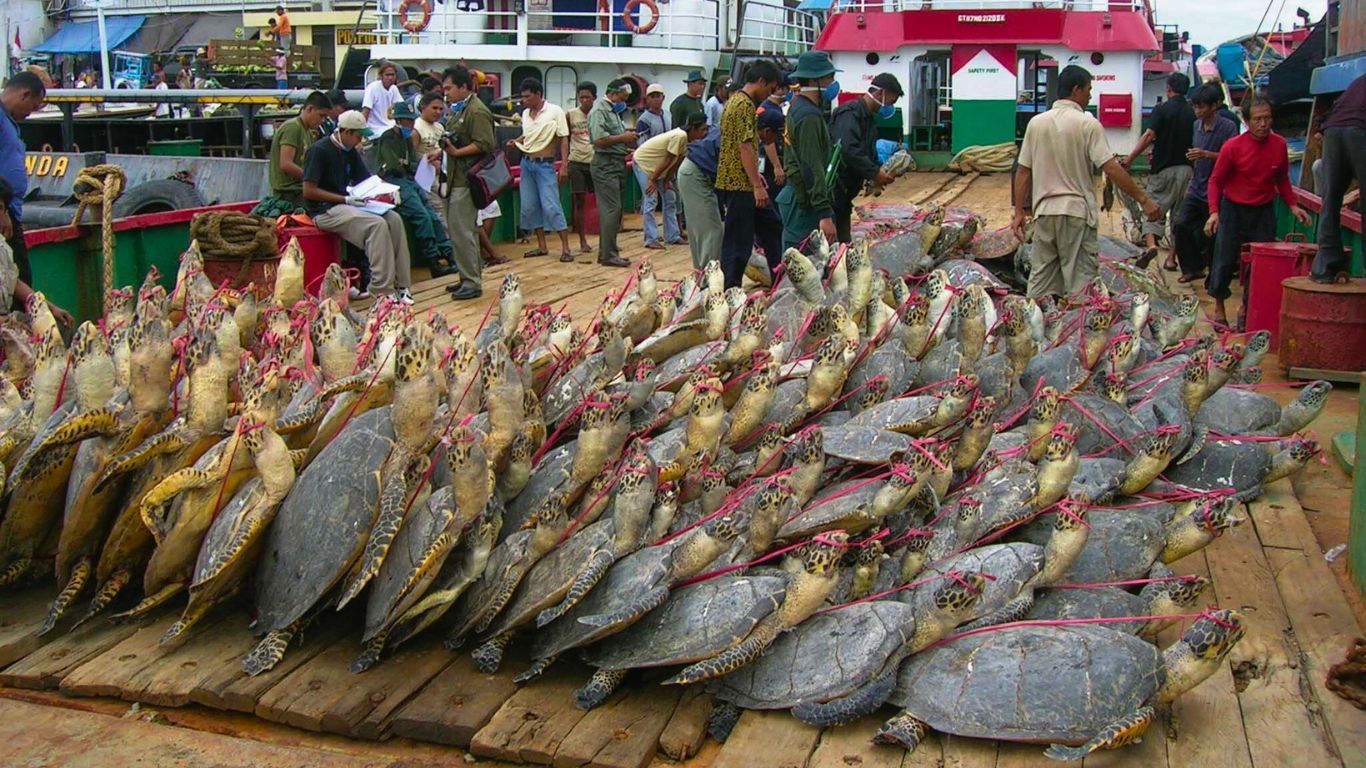
Turtles
Chinese pond turtles are farmed extensively for their plastrons, the bottom portion of their shells, which are used in TCM. While exact figures are hard to ascertain, it is estimated that over half a million Chinese pond turtles are traded every year, with up to 2.8 million currently bred and kept on farms.

Cattle gallstones
Cattle gallstones, used in TCM to “treat” conditions such as strokes, have become very highly valuable and are currently valued at up to $5,800 (roughly £4,300) an ounce (28 grams). A single large cattle gallstone can sell on the black market for tens of thousands of dollars or pounds, fetching twice as much as the cost of gold.
It must be reiterated that none of these “cures” have been scientifically proven to be effective in any way, beyond providing a placebo effect.
This escalating demand has led to a chaotic and often illegal global trade, according to the Wall Street Journal. Although it is not illegal to buy and sell cattle gallstones in China and other countries, the trade is strictly regulated – creating ideal conditions for a lucrative black market and the exploitation of the species.
Today, farmers are actively researching ways to raise cattle to develop gallstones – and a single gallstone can fetch more money than all the meat gleaned from a single carcass.

The global use of “traditional medicine” accounts for up to 60% of all trafficked wild animals and their body parts.
Traditional Chinese Medicine (TCM) fuels a major portion of the world’s illegal wildlife trade. Despite China’s efforts to regulate wildlife trade, including the removal of pangolin scales from the official TCM list in 2020, enforcement remains ineffectiveual.
Asia’s illegal wildlife trade by numbers
- Pangolins account for up to 20% of all illegally traded wildlife and parts. The majority of seizures – roughly 100,000 annually – are directly linked to the TCM demand for their scales.
- The TCM market is estimated to be worth $60 -billion (around £44 -billion) annually. It is considered the primary driver behind wildlife trafficking.
- Over 40% of China’s pharmaceutical market is linked to TCM, with a large share of that relying on wildlife-sourced ingredients.
- At least 70 animal species are officially listed in Chinese pharmacopeia, while research suggests up to 200 more species are used in traditional Asian cures.
It is important to note that while China is a significant consumer, the illegal wildlife trade is a global issue involving multiple countries across various continents. Efforts to combat this trade require international cooperation, stricter enforcement of existing laws, and initiatives to reduce demand for wildlife products.
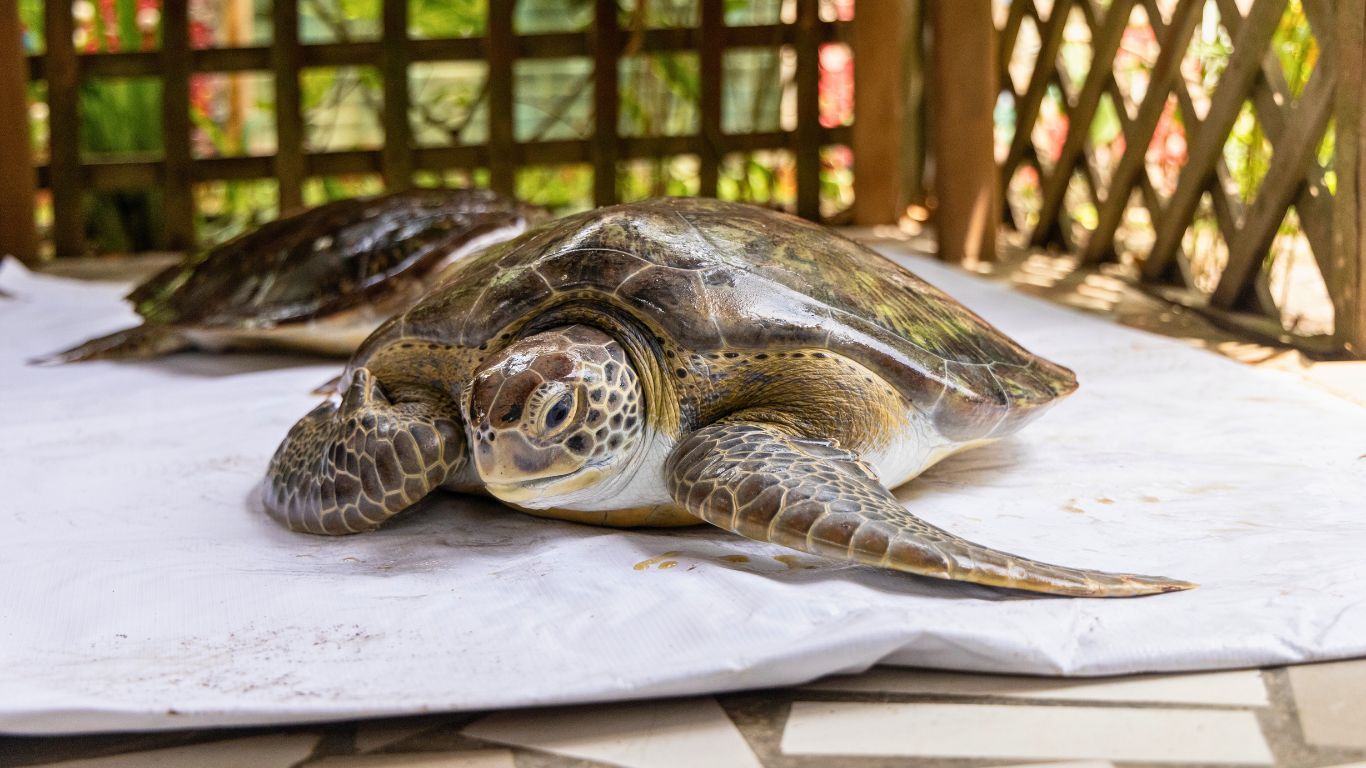
What can be done to curb China’s illegal trade in wildlife?
If nothing is done to stop the rampant slaughter of our planet’s vulnerable wildlife, we stand to lose species like pangolins, donkeys and certain turtles species forever.
Animal Survival International (ASI) urges the Chinese government to:
- Strengthen and enforce laws around wildlife trafficking, and to ban the commercial use of endangered species in all forms – not just TCM, but as food, pets and ornaments.
- Impose far more severe penalties for traffickers and buyers, to act as a greater deterrent.
- Bolster law enforcement and surveillance through better training and funding of border security, customs agents and forest police.
- Conduct regular inspections of wet markets, farms, TCM shops and shipping hubs.
- Change consumer behavior and mindset through education. Public awareness campaigns are crucial in educating people about plant-based and synthetic alternatives to animal products and ingredients.
- Strengthen cross-border and international relations to intercept trafficking networks.
- Modernize TCM Traditional Chinese Medicine by removing references to wildlife products in Chinese pharmacopoeia, and encourage reform of TCM practices by urging people to turn to synthetic and plant-based alternatives.
ASI partners with organizations around the globe thatwho help protect wildlife from poachers, intercept illegal traders and rescue animals from this despicable trade.
Read more about our work to help combat the illegal wildlife trade, and support our projects to protect vulnerable, endangered wild animals.
Banner credit: News.163.com
